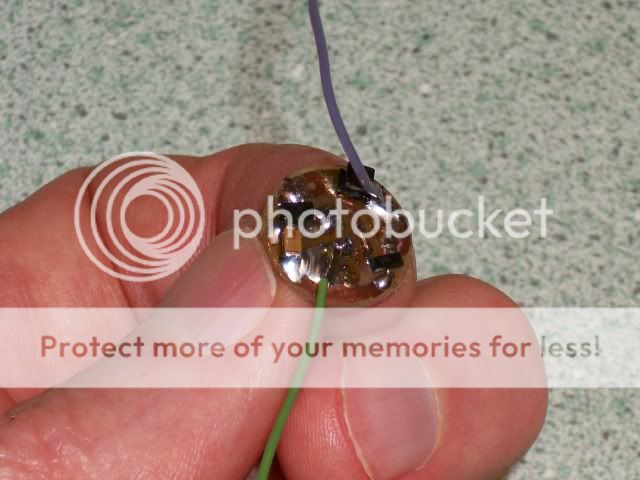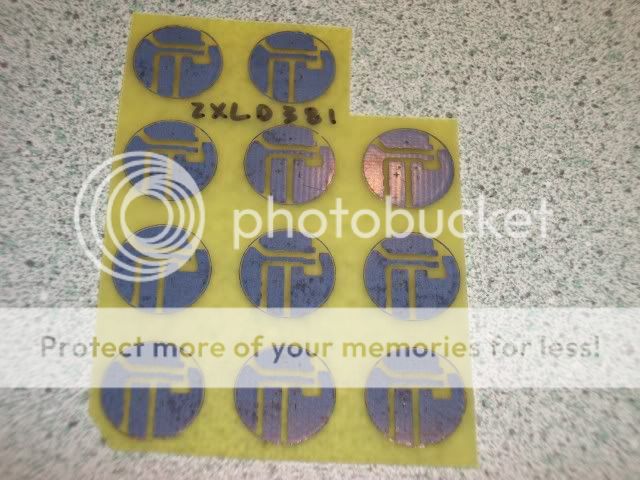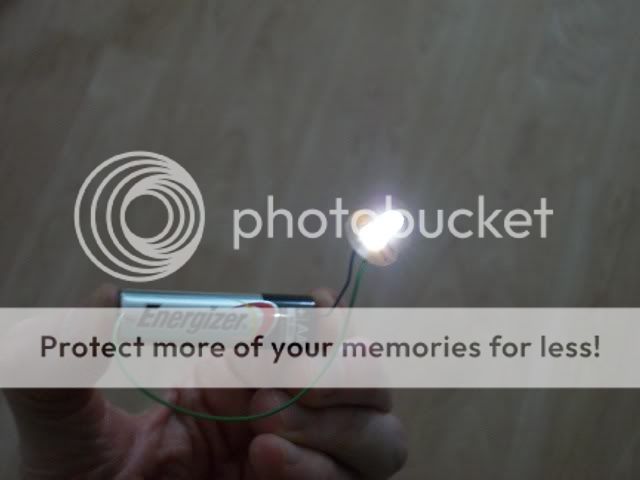It is indeed a formula to calculate the capacitance required to reduce ripple following rectification, so it would often be used at much lower frequencies - 50Hz for half-wave here in the UK, or 100Hz for the more common full-wave (60Hz/120Hz in the USA). The datasheet states the nominal frequency of your IC as 350kHz, which is good news because the value of capacitance required for smoothing falls as frequency increases, and your load current is low, so again that's good news because the lower the current, the lower the value of capacitance required.
So, the formula is C = I x dt / dV
... where C is the capacitance in farads, I is the load current in amps, dt is the time duration in seconds for which the capacitor alone will be powering the load, and dV is the maximum amplitude of ripple for which we're aiming, in volts.
We shouldn't need to do the calculation of course, because the tables on the datasheet tell us that when using a 10uH coil, the current will be 190mA peak, 30mA average, if unsmoothed, or 27mA (continuous) if smoothed - but of course there's that ambiguity about the value of capacitance used, so we're only doing the calculation to get an approximate value for C.
You'll be using 10uH, for which we don't have detailed data, but there are excellent current and voltage waveforms shown for 4.7uH so we'll use that for the calculation.
Returning to the formula, the datasheet table tells us that current is 50mA when smoothed, so our value for 'I' is already known.
For dt, we first need to know the time duration for one full cycle, then subtract the duration for which the capacitor is receiving a charging current - the remainder is 'dt' - the time during which the capacitor alone powers the load. I think it would count as 'fair usage' if I borrow one diagram from the datasheet to illustrate a point, so the current and voltage waveform diagram is shown below. Points A & B mark the start and end of one full cycle, which occupies 5.5 horizontal divisions at 500ns/div = 2.75us (incidentally, since f = 1/t, we also know that the frequency at that instant was 363.6kHz).
So we have the time period for one cycle, and now we subtract the time during which the capacitor will be receiving charging current. The current rises very rapidly to a peak of 340mA (3.4 vertical divisions at 100mA/div), falling more slowly, in a linear manner. From the datasheet, the current when smoothed is 50mA, so I'll take the point at which the current falls to 50mA as being the point at which the capacitor effectively takes over and starts to power the load - I've marked that as point C, and it occurs 1.4 horizontal divisions after the current first started to rise, so that's 1.4 x 500ns/div = 0.7us. If we now subtract that from our time period for one cycle then that will give us dt, so 2.75us - 0.7us = 2.05us.

Finally we need our ripple voltage, for which I'll use the high and low points of the plateau, atop the voltage waveform. When the current initially peaks, the voltage amplitude also peaks at about 3.58 vertical divisions at 1V/div = 3.58V (point D). The lower corner of the plateau at the point just before the LED's Vf falls rapidly is about 3.44V (point E), so if we subtract that from the peak voltage, we will have a figure for the ripple voltage, so Vripple = 3.58V - 3.44V = 0.14V.
The reason why I've chosen that point as our lowest target voltage is because if we allow the voltage to fall much lower, then the drive waveform will begin to resemble a square wave, and when mentioning that capacitor, the datasheet states quite clearly, 'low ripple', so I think that's about the lowest we can allow the voltage to fall and still justifiably describe it as being steady DC with a low ripple component.
So now we can put the numbers into the formula:
C = I x dt / dV
C = 50 x 10^-3 x 2.05 x 10^-6 / 0.14
C = 0.1025 x 10^-6 / 0.14
C = 0.73 x 10^-6
C = 0.73uF
And that's how I arrived at that value (I was using slightly different timings when I arrived at 0.76uF), and that's close enough to 1uF that I would feel confident in assuming a typo in the datasheet, intended to read as 1uF. I didn't look at the inductors yet but I'll take a look at them tomorrow.
 ).
).








